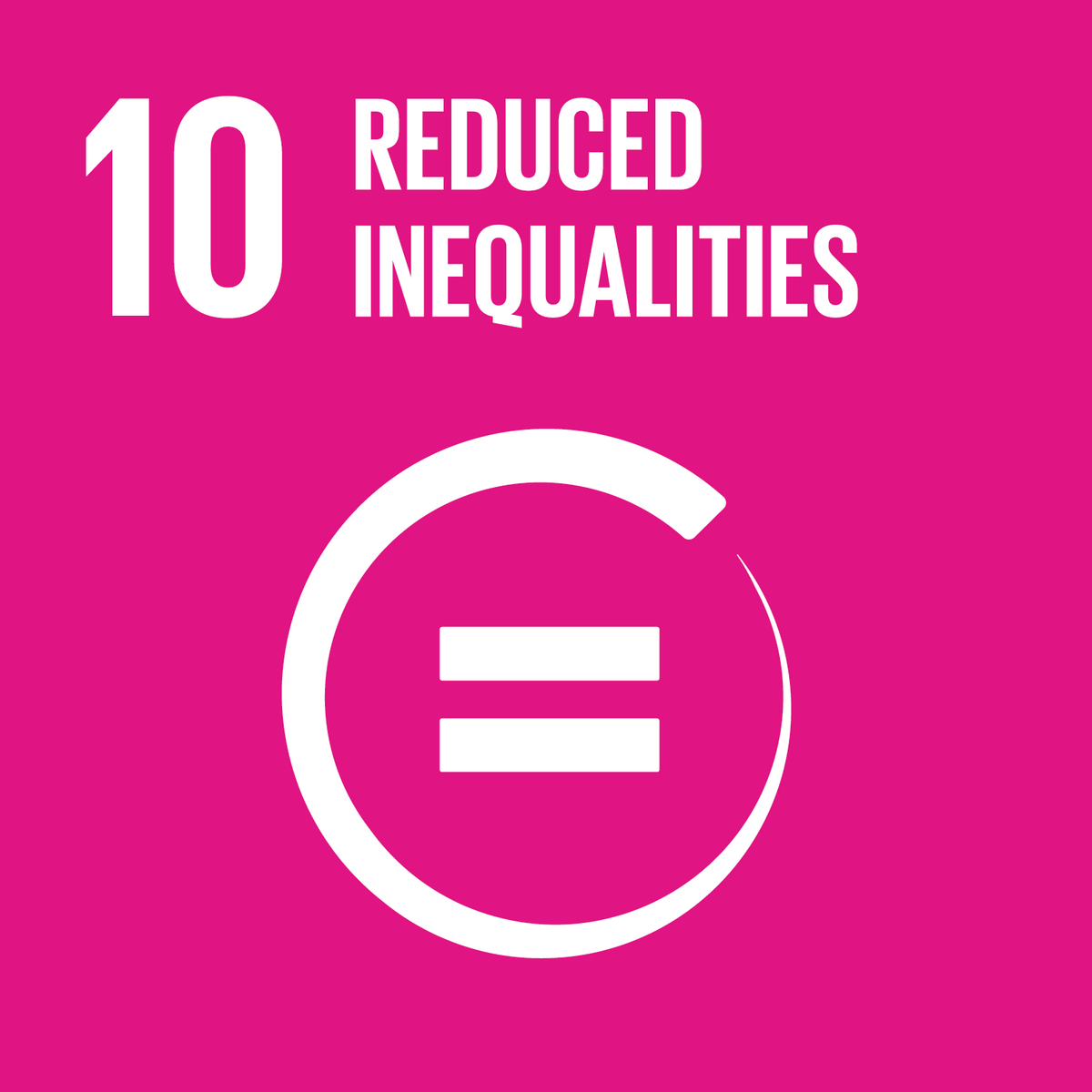
Easy MiG: a collaborative project between MUDEC and IULM
An interview with Professor Marta Muscariello, curator of the project for our University
The exhibition of the Permanent Collection "Global Milan" of the MUDEC - Museo delle Culture, has recently been enriched with an inclusive route, created by the museum itself and the Centro EURESIS (IULM University). Called Easy MiG, the project allows, thanks to QR codes positioned in the rooms, to access with one's smartphone some content: short and essential texts, written in simple language, explaining the objects on display.
The texts can be read, listened to, or even read and listened to at the same time, and are paginated in such a way as to facilitate readability for users with dyslexia.
The Easy MiG route can be reached at the MUDEC page dedicated to accessibility.
We asked lecturer Marta Muscariello, curator of the project for our University, some questions about the innovative Easy MiG route.
Editor: Can you tell us how the Easy MiG project was born and what are its aims?
Marta Muscariello: The Easy MiG project was born as part of a collaboration between MUDEC Museo delle Culture and IULM University. Among the activities carried out was the idea of making the itinerary of "Milano Globale," the museum's permanent exhibition, accessible to the widest possible segment of the public. The texts on display in the exhibition, in fact, are really excellent, very scientifically edited, but they require extensive knowledge from the reader and a lot of time to read them. We thought of creating texts that are short, easy to read, and able to focus the attention of the viewer on the information that is essential for understanding the tour and the exhibits. The idea met with the favor of the then Rector's Proxy to Inclusion, Massimo De Giuseppe, and the museum curator Carolina Orsini. I then took action as a member of the EURESIS IULM research team to create and record these texts, working in synergy with Laura Milesi of the DiversaMente Office, who was very passionate about the project, being an expert in art and museums. In fact, to create these inclusive texts, many aspects need to be taken into account: language, considered in its facets closest to orality, the position of the objects in the itinerary and the position of the visitor as he or she moves through the halls.
Editor: Often the issue of inclusiveness of people with disabilities is declined in the physical-spatial dimension: how important is it that, in addition to problems of that order, we try to work to offer them access to art and culture?
Marta Muscariello: When it comes to disability, of course, it is difficult to lump all the issues together. Physical disabilities require essential physical-spatial inclusion measures to allow people to easily access museum tours, independently or accompanied. Then there are sensory disabilities, such as visual impairment, which is easy to notice, and hearing impairment, which still remains more difficult to understand for those unfamiliar with the world of the deaf. Then you have the big issue of cognitive problems, which is yet another world and requires greater sensitivity to accommodate the specificities of people. To increase the modes of enjoyment, we have also recorded the texts so that people can choose to read them, listen to them, or combine reading and listening; the layout, moreover, is made to optimize readability. Easy MiG therefore includes many different people: those who are, for various reasons, more comfortable having the texts close by, on their smartphones; the visually impaired, who can listen to them; many deaf people, because they are simplified texts that are easy to access; people with cognitive disabilities, because they can focus on the information without scattering their attention. Then we think of all the people who may prefer, for various reasons, short paths and not too much information; Easy MiG is useful for them as well. Of course, even more can be done, to include even more people; Easy MiG is not the ultimate solution for everyone: but in the meantime it represents a possibility. Many steps have been taken.
Editor: In what capacity and in what aspects in particular have IULM students and students been involved in the realization of the project?
Marta Muscariello: When I said that many steps have been taken, I was referring precisely to the work done by the students of the IULM Master's Degree in Specialised Translation. After the creation of the basic course in Italian, we tackled the translation of Easy MiG into Arabic, Chinese, English, French and Spanish. In addition to EURESIS, this phase had the fundamental support of the International Center for Research on Collaborative Translation IULM: Francesco Laurenti, who directs it, immediately accepted the collaboration with enthusiasm. The students put themselves to the test with a translation experience that was anything but easy, precisely because of the characteristics of the texts, and we can say that they did an excellent job. The final product was then perfected and recorded by native-speaking proofreaders. Soon, therefore, Easy MiG will be available in a multilingual version, and we hope that this will bring to Mudec, in addition to tourists, many foreign-speaking people living in Milan: they would discover that this exhibition is also about them, about a piece of their history and their present. I take this opportunity to thank here all the students who participated, and, of course, Massimo De Giuseppe and Daniela Corsaro, IULM's new Inclusion Proxy, for their active support of the project.
The project is part of initiatives to promote the inclusion of people with disabilities.

Photo: "Easy MiG" in the halls of the Permanent Collection, MUDEC - Museo delle Culture, Milan, 2024, courtesy MUDEC - Museo delle Culture